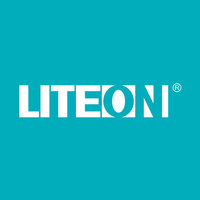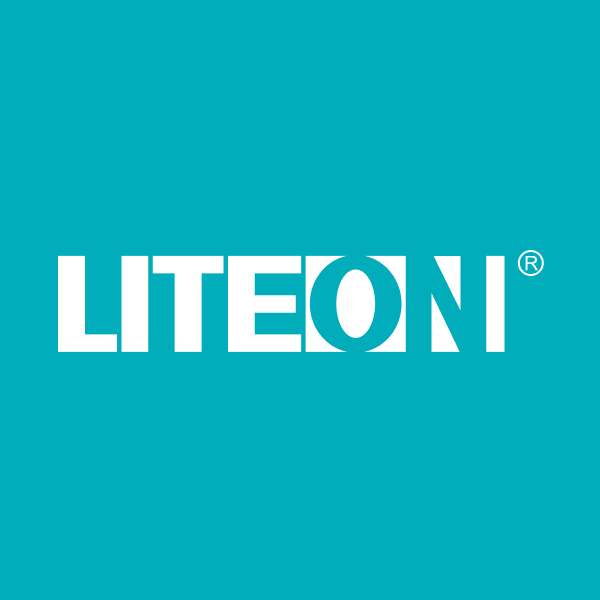
Lite-On Technology Corp
TWSE:2301


| US |

|
Johnson & Johnson
NYSE:JNJ
|
Pharmaceuticals
|
| US |

|
Berkshire Hathaway Inc
NYSE:BRK.A
|
Financial Services
|
| US |

|
Bank of America Corp
NYSE:BAC
|
Banking
|
| US |

|
Mastercard Inc
NYSE:MA
|
Technology
|
| US |

|
UnitedHealth Group Inc
NYSE:UNH
|
Health Care
|
| US |

|
Exxon Mobil Corp
NYSE:XOM
|
Energy
|
| US |

|
Pfizer Inc
NYSE:PFE
|
Pharmaceuticals
|
| US |

|
Palantir Technologies Inc
NYSE:PLTR
|
Technology
|
| US |

|
Nike Inc
NYSE:NKE
|
Textiles, Apparel & Luxury Goods
|
| US |

|
Visa Inc
NYSE:V
|
Technology
|
| CN |

|
Alibaba Group Holding Ltd
NYSE:BABA
|
Retail
|
| US |

|
3M Co
NYSE:MMM
|
Industrial Conglomerates
|
| US |

|
JPMorgan Chase & Co
NYSE:JPM
|
Banking
|
| US |

|
Coca-Cola Co
NYSE:KO
|
Beverages
|
| US |

|
Walmart Inc
NYSE:WMT
|
Retail
|
| US |

|
Verizon Communications Inc
NYSE:VZ
|
Telecommunication
|
Utilize notes to systematically review your investment decisions. By reflecting on past outcomes, you can discern effective strategies and identify those that underperformed. This continuous feedback loop enables you to adapt and refine your approach, optimizing for future success.
Each note serves as a learning point, offering insights into your decision-making processes. Over time, you'll accumulate a personalized database of knowledge, enhancing your ability to make informed decisions quickly and effectively.
With a comprehensive record of your investment history at your fingertips, you can compare current opportunities against past experiences. This not only bolsters your confidence but also ensures that each decision is grounded in a well-documented rationale.
Do you really want to delete this note?
This action cannot be undone.

| 52 Week Range |
94.6
123.5
|
| Price Target |
|
We'll email you a reminder when the closing price reaches TWD.
Choose the stock you wish to monitor with a price alert.

|
Johnson & Johnson
NYSE:JNJ
|
US |

|
Berkshire Hathaway Inc
NYSE:BRK.A
|
US |

|
Bank of America Corp
NYSE:BAC
|
US |

|
Mastercard Inc
NYSE:MA
|
US |

|
UnitedHealth Group Inc
NYSE:UNH
|
US |

|
Exxon Mobil Corp
NYSE:XOM
|
US |

|
Pfizer Inc
NYSE:PFE
|
US |

|
Palantir Technologies Inc
NYSE:PLTR
|
US |

|
Nike Inc
NYSE:NKE
|
US |

|
Visa Inc
NYSE:V
|
US |

|
Alibaba Group Holding Ltd
NYSE:BABA
|
CN |

|
3M Co
NYSE:MMM
|
US |

|
JPMorgan Chase & Co
NYSE:JPM
|
US |

|
Coca-Cola Co
NYSE:KO
|
US |

|
Walmart Inc
NYSE:WMT
|
US |

|
Verizon Communications Inc
NYSE:VZ
|
US |
This alert will be permanently deleted.
 Lite-On Technology Corp
Lite-On Technology Corp
Lite-On Technology Corp
Lite-On Technology Corp. emerges as a beacon of innovation and efficiency within the ever-evolving tech landscape. Founded in 1975, the Taiwanese company has grown by leaps and bounds, crafting a diverse portfolio that spans from optoelectronics to power supply products. Positioned at the intersection of critical technologies, Lite-On’s journey began with LEDs, marking its foray into optoelectronics. Over the years, it expanded its offerings to include a wide array of products like power supplies, information technology components, and storage devices. These core areas are not just auxiliary segments but stand as foundational pillars that fuel Lite-On’s sustained growth. The company's ability to adapt to shifting technological paradigms and customer needs has propelled it to the forefront of its niche markets, cementing its reputation as a resilient player in a competitive industry.
The heartbeat of Lite-On’s profitability blends its robust manufacturing capabilities with strategic supply chain management. By capitalizing on economies of scale and leveraging cost-efficient production practices, Lite-On delivers world-class components at competitive price points, enhancing value for its partners and end-consumers alike. The company’s revenue streams are intricately woven with the dynamic demands of electronics, computing, and automotive industries. For instance, its power supply units are integral to data centers and Cloud infrastructures, while its modules are crucial for the burgeoning electric vehicle market. Revenue is cycled back into research and development, where innovation is a relentless pursuit, ensuring Lite-On not only keeps pace with, but often anticipates, the trajectory of global technological advancement.

Lite-On Technology Corp. emerges as a beacon of innovation and efficiency within the ever-evolving tech landscape. Founded in 1975, the Taiwanese company has grown by leaps and bounds, crafting a diverse portfolio that spans from optoelectronics to power supply products. Positioned at the intersection of critical technologies, Lite-On’s journey began with LEDs, marking its foray into optoelectronics. Over the years, it expanded its offerings to include a wide array of products like power supplies, information technology components, and storage devices. These core areas are not just auxiliary segments but stand as foundational pillars that fuel Lite-On’s sustained growth. The company's ability to adapt to shifting technological paradigms and customer needs has propelled it to the forefront of its niche markets, cementing its reputation as a resilient player in a competitive industry.
The heartbeat of Lite-On’s profitability blends its robust manufacturing capabilities with strategic supply chain management. By capitalizing on economies of scale and leveraging cost-efficient production practices, Lite-On delivers world-class components at competitive price points, enhancing value for its partners and end-consumers alike. The company’s revenue streams are intricately woven with the dynamic demands of electronics, computing, and automotive industries. For instance, its power supply units are integral to data centers and Cloud infrastructures, while its modules are crucial for the burgeoning electric vehicle market. Revenue is cycled back into research and development, where innovation is a relentless pursuit, ensuring Lite-On not only keeps pace with, but often anticipates, the trajectory of global technological advancement.





























 You don't have any saved screeners yet
You don't have any saved screeners yet
